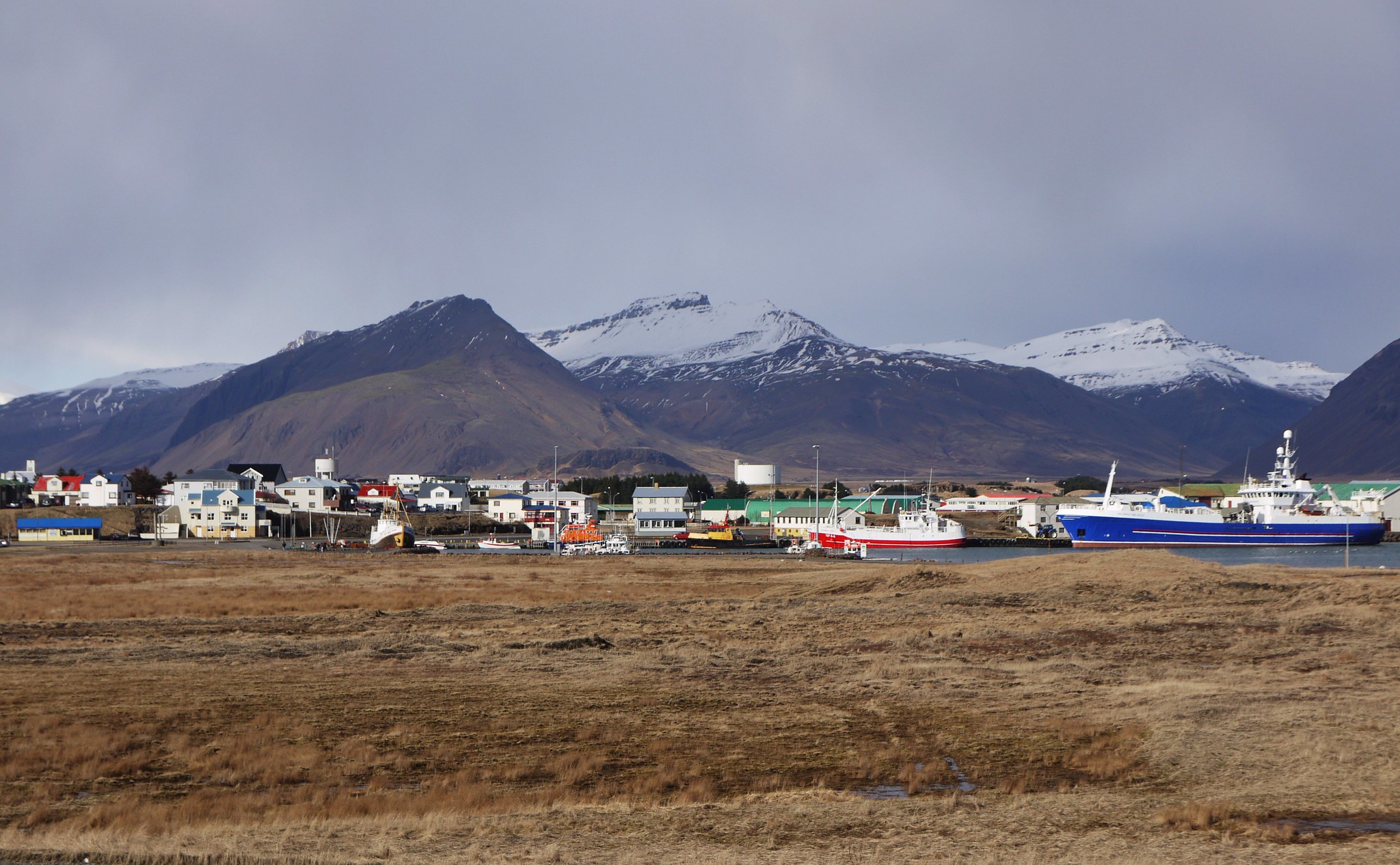Iceland halts its commercial lobster harvest
Iceland's marine research institute believes almost no new lobsters have been born since 2010.

Populations of Norway lobster in Iceland are on the verge of disappearing, that country’s marine research institute has warned, after recording a 20 percent decrease in population size between 2016 and 2019.
In a statement issued last month, biologists with Hafrannsóknastofnun recommended closing commercial lobster harvesting this year, though a scientific quota of 214 tons that will allow them to study how the population is faring would still be permitted.
Norway lobsters, also known as langoustines, resemble than their American and European cousins but are smaller and thinner. In Iceland, they have been harvested commercially off the island’s southern coast since the 1960s.
Lobster quotas peaked in 2010, when 2,500 tons were harvested. As catches have fallen, Hafrannsóknastofnun has responded by repeatedly recommending reduced quotas. By 2018, the catch had been reduced to 1,150 tons, but after only 820 tons were landed that year, the amount was slashed 235 tons in 2019, with two areas being closed off entirely.
[Arctic fisheries brace for ‘significant’ effects from China’s coronavirus lockdown]
At that time, Hafrannsóknastofnun also issued a statement warning that populations would continue to shrink unless action to revive them was taken.
Hafrannsóknastofnun reckons that the lobster population has been declining since 2005 — a year after quotas began increasing. Since 2010, almost no new lobsters have been born.
One sign of the population decline, according to Hafrannsóknastofnun, is a reduction in the number of burrows in lobster habitats. Another is the increasing size of individual lobsters. The reason for this, it says, is that without young competitors, adult lobsters can continue to grow to record lengths and weights.
While lobster is often found as a speciality on the menu at Icelandic restaurants, much of the catch is exported. After steadily increasing until 2010, the value has been on a gradual decline, hitting its lowest level last year, when it accounted for less than a percent of export value.